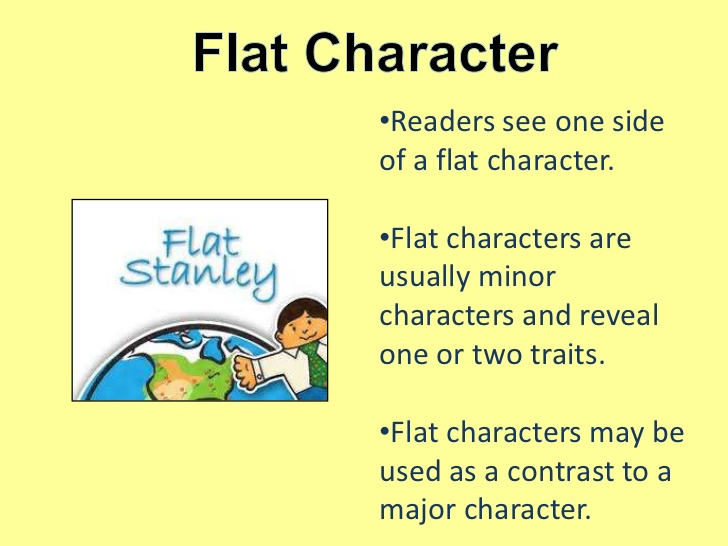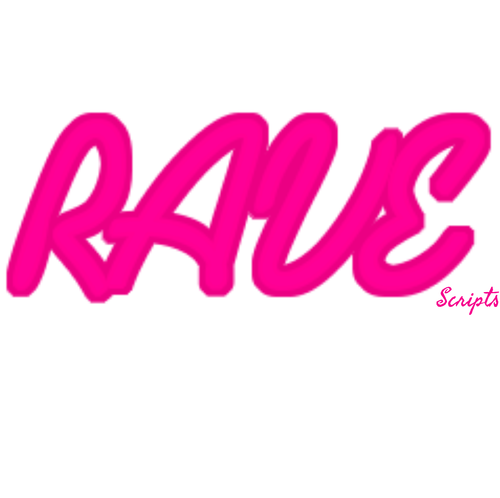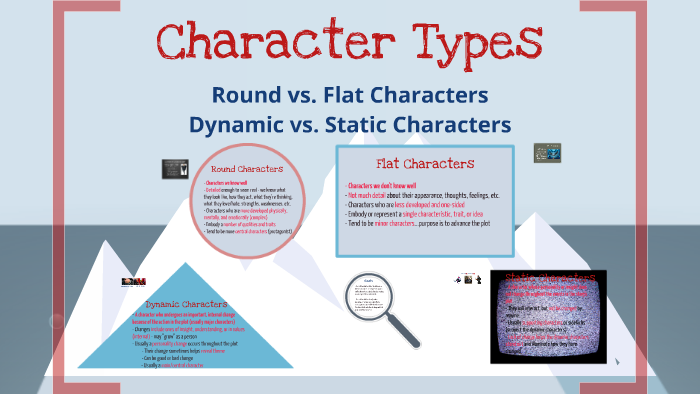What is The Difference Between Flat and Round Characters? In any literary project you embark on, characters are an essential part of it. To write well-received and critically acclaimed, you should have a good understanding of what types of characters there are and, most notably, the difference between Flat and Round characters.
Depending on how you create characters and how they develop, characters can be flat or round. That classification is better described as characters that are static or dynamic. The first time these terminologies were used to understand characters and their arc was by E. M. Foster in his work.
According to him, characters are flat and are two-dimensional. They are relatively uncomplicated figures, whereas round characters tend to be complex and possess a range of different characteristics.
The simplest way to differentiate between flat and round characters is by looking at the characters’ state at the beginning of the story and then comparing it to the end. At the end of the story, the flat character would have faced little to no change aside from the apparent effects of the passage of time. Whereas a round character would have undergone tremendous change, sometimes life-changing circumstances, brought upon by their own choices of circumstances that they had no control over.
Flat Characters: Who is a flat character?

Flat characters are those characters in a story that lead uncomplicated lives and do not change much throughout the story. They have only one or two discerning traits, and as E. M. Foster suggests a character that can be easily summed up in one sentence.
A flat character is a character that is static and doesn’t change. Only one or two traits also characterize a flat character. Although the term flat character is often used negatively by modern critics, E.M Foster, who was the first to propose these terms, merely uses the term to describe a character in a story that can be easily summed up in one sentence.
Flat characters can be recognized easily and remembered quickly because they have many facets. Modern critics often view flat characters in a negative sense. However, flat characters are not necessarily dull characters. Foster believed that only “a serious or tragic flat character is apt to be a bore.” An excellent example of the flat character is Mrs. Micawber in Charles Dickens’ David Copperfield or Nelly in Emily Bronte’s Wuthering Heights. Foster points out that one of the benefits of using Flat Characters is to instill comic moments.
Round Characters: Who is a Round Character?

A round character is a much more complex character that possesses many different qualities. A round character may even contradict themselves from time to time. Unlike a flat character, you cannot sum up a round character in a sentence or two. It might not be easy to sum them because of how complex they can be. Round characters often undergo different changes throughout the story.
Foster says “The test of a round character is whether it is capable of surprising us convincingly.”
Difference between Flat Characters and Round Characters

The purpose of a round character is to surprise the readers in a not stereotypical or predictable way. Many round characters are remembered in the literary sphere. These include Shakespeare’s Hamlet, Katniss Everdeen in Hunger Games by Suzanne Collins, Elizabeth Bennet in Austen’s Pride and Prejudice.
If you compare these characters, you will find that the Flat Characters were all uncomplicated two-dimensional. In contrast, the Round Characters were rich in personality motives, and their inner workings were much too dynamic for readers to comprehend at first fully.
At the end of the story, flat characters remain unchanged, but round characters undergo significant changes.
Related:


Leave a Reply